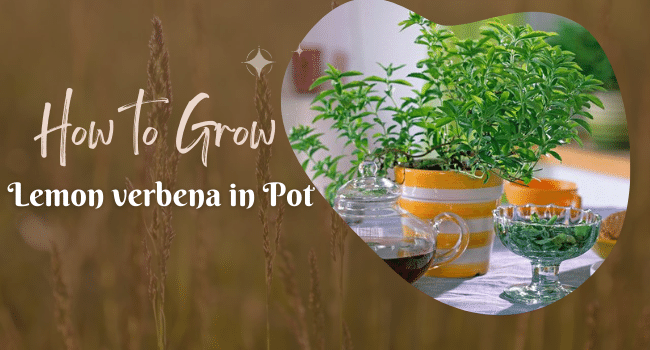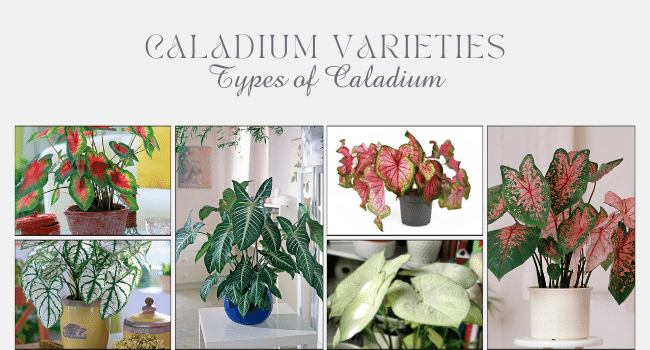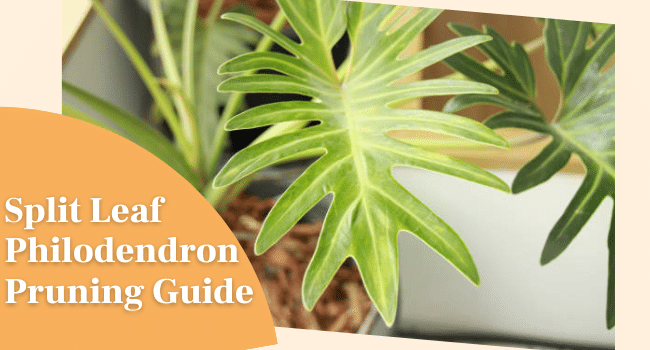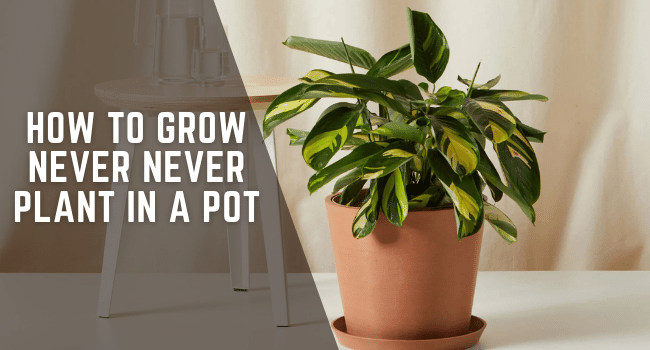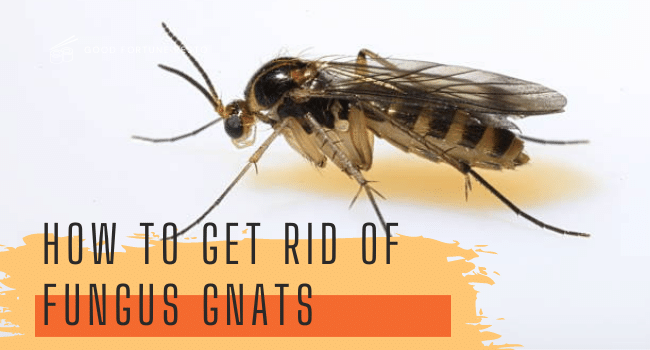How to Grow Wandering Jew Indoors | Tradescantia Zebrina Care
Transform any room into a lively garden with this beginner friendly guide to growing the wandering jew indoors. Get detailed instructions on care and maintenance!
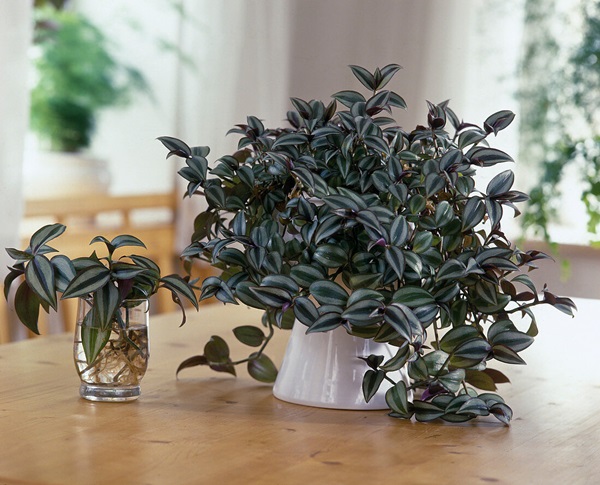
Botanical Name: Tradescantia Zebrina
Common Names: Inch plant, Spiderwort, Wandering dude, Wandering jew
Wandering jew is a standout plant that showcases a variegation of silver stripes over deep purple and green foliage. It’s a hardy houseplant that’s a boon for forgetful gardeners. Cascading stems of wandering dude go well in both pots and hanging baskets. In this post, we discuss how to grow wandering jew indoors.
How to Grow Wandering Tradescantia Zebrina Indoors
Wandering jew is a stunning houseplant that grows indoors without any difficulty. Propagation from stem cutting can be done either in soil or water. It’s well-adapted to low light for vibrant foliage place it under bright indirect light indoors. Keep the soil moist but not overwater, as soggy soil leads to root rot. Fertilizing isn’t necessary, but a well-balanced houseplant fertilizer will boost growth in the growing season.
Propagate Wandering Jew
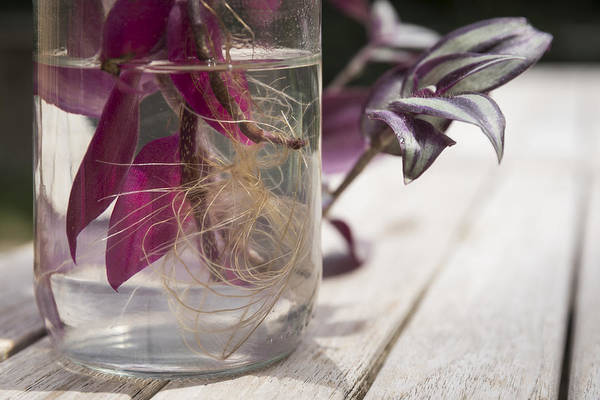
Wandering jew propagation can be done easily from stem cuttings as it’s a fast grower and roots easily. Cuttings root easily in the growing season, springs, and summers. Wandering jew cuttings can root in both soil and water. Here is the detailed step-by-step tutorial on propagating wandering jew from cutting.
Propagating Wandering Jew in Water:
- Take 4-6 inches long cutting just below the leaf node using sharp and sterilized shears or scissors.
- Remove leaves from the bottom half of the cutting and put them in a transparent jar filled with water.
- Place cutting so that the foliage does not come in contact with water.
- Place the jar in a warm spot where it receives bright indirect light.
- Roots will start to grow within a couple of weeks, after which you can transplant the cutting.
We have a whole post dedicated to Growing Wandering Jew in water!
Propagating Wandering Jew in the Soil
Propagating wandering jew in the soil is not different than propagation in water. Instead of placing the cutting in water, you place it in the potting mix. Dipping the rooting end of cutting in the rooting hormone will facilitate rooting, although this step is optional. Poke a hole an inch deep and place the cutting in the hole, firmly tapping at the base so the cutting remains upright. Place the pot at a spot where it receives bright indirect light. Keep the mix moist but not overly wet. Soon you’ll start to see new growth!
Choosing the Container
There is no need to fret over the material of the pot but make sure that the pot has drainage holes at the bottom. Go for a lighter pot, such as a plastic pot, if you plan to move the pot around.
Location
Tradescantia zebrina grows best in bright indirect light. Place it near a south-facing window a bit farther from direct light. You can also grow it in hanging baskets on the deck or balcony. It can survive low light, although it’ll lead to more green than purple.
Soil
Grow wandering dude in a well-draining potting mix rich in organic matter. Look out for peat moss, coco coir, or vermiculite in the label, as they retain moisture without making the mix soggy. Add perlite to the mix if it lacks drainage!
Watering
Water thoroughly once a week and allow the soil to dry out before watering again. A good rule of thumb is to water when the soil becomes dry an inch below the surface. Cut back watering to once every couple of weeks in winter.
Temperature and Humidity
If the temperature indoors is comfortable for you, it’ll be good for wandering jew as well. Ideal temperature for a wandering jew is between 55 to 80 degrees F. Keep it away from cold drafts of wind in winter! Medium to high humidity will do wonders, so if the air feels dry, mist around the plant or use a humidifier.
Wandering Tradescantia Zebrina Care Indoors
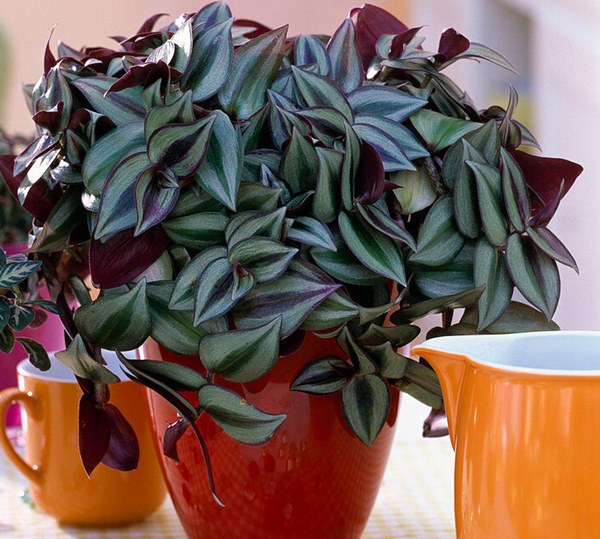
Pruning
Pruning is needed to keep the growth in check, especially indoors, because of limited space. Cut back from the tips using sharp shears or scissors in the growing season. Pruning from the tips will give it a fuller look. Also, cut back any dead or decaying parts of the plant to redirect energy toward healthy growth.
PRO TIP: Replant the trimmings after pruning to propagate Wandering Jew!
Fertilizer
Wandering Jew isn’t a heavy feeder, but you can fertilize once or twice a month to boost growth. Apply well-balanced liquid fertilizer diluted half to its strength once or twice a month. Spring to early fall is the growing season for Wandering Jew, which is the ideal fertilization time. Avoid overfertilizing, and do not fertilize in winter!
Pests and Diseases
Aphids, mites, and mealy bugs can cause some degree of damage to the foliage. Eliminate these pests by spraying diluted neem oil solution over the foliage. Also, beware of root rot caused due to overwatering!
Wandering Jew Toxicity
As per the Kansas health system, the wandering jew is a non-toxic houseplant. So it’s safe to keep around dogs and cats indoors!
